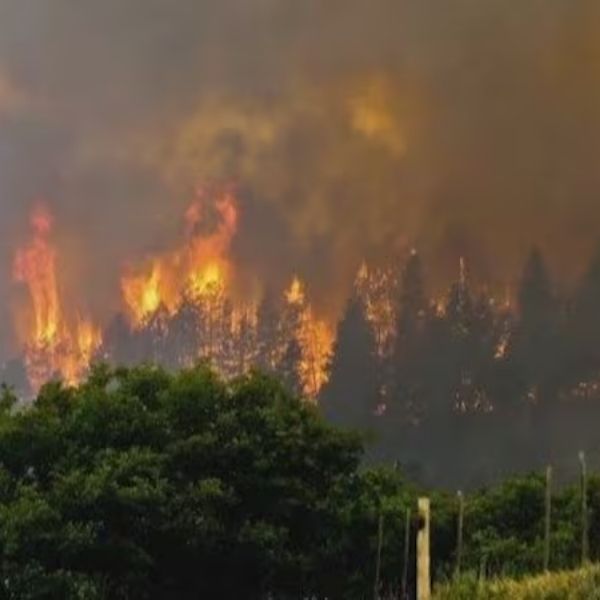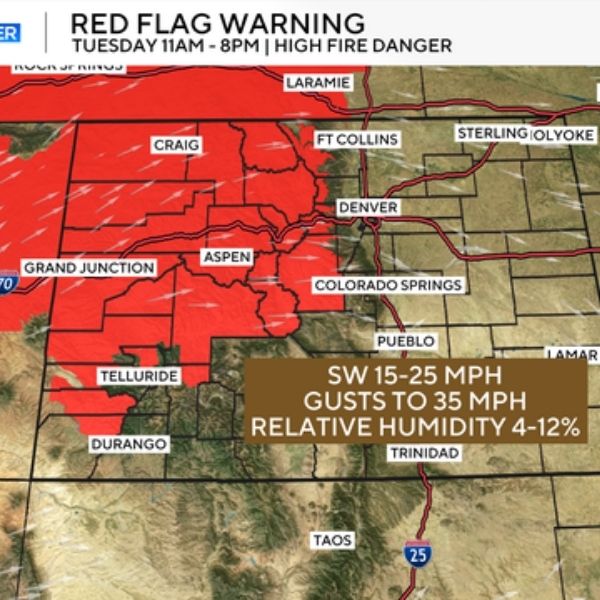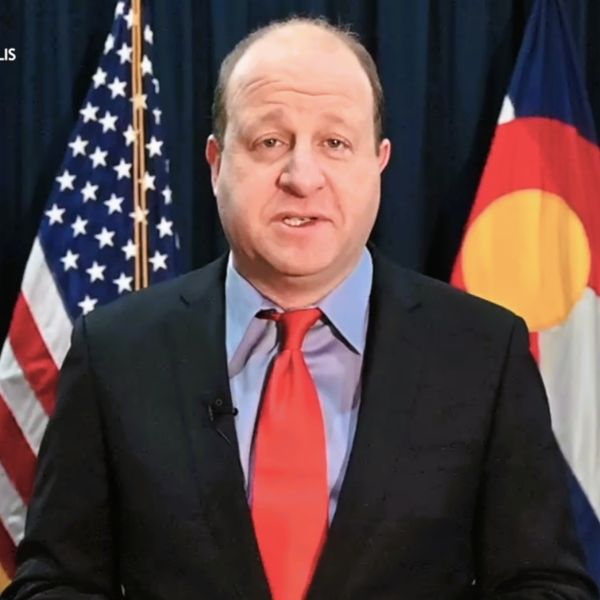A growing wave of student aggression toward teachers is pushing Colorado lawmakers and educators to take action, as disturbing stories like Tricia Van Horssen’s become increasingly common across the state.
Van Horssen, a high school social worker in Fort Collins, was assaulted by a student on Halloween 2024—ironically while dressed as “Anger” from Inside Out. The student, in a fit of rage, pulled her to the ground, headbutted and kicked her, and threatened her life before aides intervened. Though she had a strong relationship with the student, she believes his outburst stemmed from trauma and emotional dysregulation, not personal animosity.
“I don’t blame him,” she said. “In that moment, he was in a rage and I don’t think he knew it was me.”
Van Horssen’s injuries included a concussion and broken tailbone. Though she eventually returned to work, she continues to receive physical and mental health therapy nine months later.
Aggression Against Educators Often Goes Unreported
While incidents like Van Horssen’s are alarming, experts say they are part of a broader, often hidden problem. Many teachers and staff members experience violence regularly—from biting and hitting to serious assaults—but these events often go unreported due to empathy for students or fear of repercussions.
A post-COVID spike in disruptive behavior has brought new urgency to the issue. The American Psychological Association has raised concerns, and teacher unions across the country are demanding reform.
Colorado Responds with Task Force and Recommendations
In response, Colorado lawmakers launched a 17-member task force in spring 2024 to investigate violence against educators. Last month, the task force released more than 20 recommendations aimed at making schools safer for staff.
Key proposals include:
-
Establishing classroom incident response teams in every school.
-
De-escalation training for all staff.
-
Creating designated “cool-down” spaces for teachers following stressful incidents.
-
Ensuring instant communication tools between classrooms and school leadership.
-
Requiring incident reporting to the Colorado Department of Education.
-
Expanding therapeutic alternative schools and affective needs centers for students with severe behavioral issues.
Chris Harms, director of the Colorado Office of School Safety and a member of the task force, emphasized the urgency: “We heard over and over again people feeling like this has become normalized… and we don’t think that is what should be.”
Alarming Survey Results Show Widespread Impact
The task force surveyed more than 1,100 educators across Colorado. Half reported being injured by a student, and three-quarters said they had witnessed a student attempt to harm an adult. These numbers outpaced even those from a prior Colorado Education Association survey, where nearly one-third of teachers said they had been physically abused during the previous two school years.
Yet, the state currently collects no official data on such incidents. When Harms requested records from law enforcement, only 13 incidents were found statewide—a number that clearly fails to reflect the day-to-day realities in classrooms.
Nationwide Data Also Lacking, But Trends Are Concerning
National data mirrors Colorado’s experience. According to Greg McKenna, who works with Gallagher Bassett, a firm that processes workers’ comp claims, about 22% of recent school-related claims were due to student violence—up from pre-pandemic levels. These cases are increasingly complex, often involving multiple injuries and extended leave, with more teachers also seeking mental health support.
“If we don’t [help them recover], we feel pressure,” McKenna said. “We don’t want to lose those individuals to another career.”
Implementing Solutions Faces Major Challenges
While the recommendations are comprehensive, funding them remains a challenge. Budget cuts, limited state dollars, and freezes in federal education funding could delay or block implementation.
Dustin Geist, a task force member and Pueblo County School District 70 behavior analyst, said more training is critical but underfunded. He responds to calls from 22 schools, often helping manage young students with “big behaviors.” Despite best efforts, he worries procedures won’t be followed properly by undertrained staff—especially newer teachers.
“The biggest thing is bringing attention to it,” Geist said. “If people understood what a dire situation this is, things might start to change.”
Beyond Protocols: The Root Cause Is Societal
Van Horssen, who has shared her story publicly to help spur change, believes that even perfect protocols aren’t always enough. Her school followed every safety measure and responded with compassion and care—but the underlying issue, she says, lies deeper.
Students with severe emotional needs often lack the stable homes, therapy, and support systems they need to manage their trauma. Van Horssen summed it up simply:
“If I were to say, ‘What does the student who assaulted me need?’ What he needs we don’t have.”
As Colorado weighs how to protect its teachers, educators like Van Horssen hope the task force’s work will finally bring visibility—and real solutions—to an issue too long left in the shadows.

Katie is a senior who has been on staff for three years. Her favorite type of stories to write is reviews and features. Katie’s favorite ice cream flavor is strawberry.















Leave a Reply